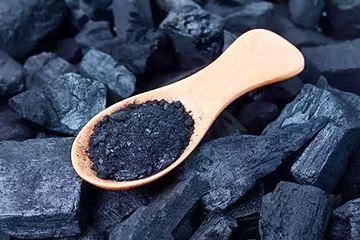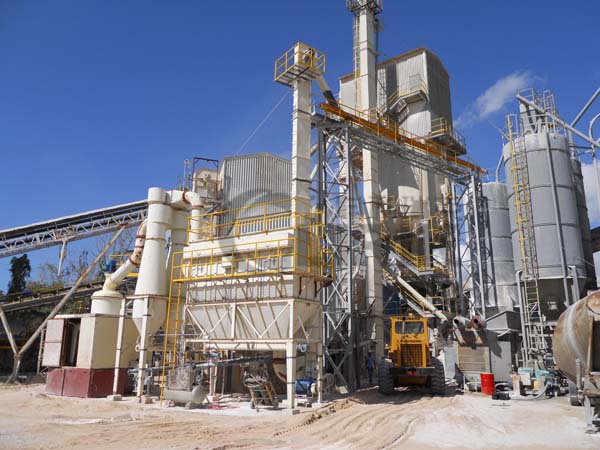For product information and pricing, Chat with sales agent:
or email us : sales@clirik.com
Click links below to see related products.

Carbon black is a spherical colloidal particle formed by incomplete combustion or thermal cracking of hydrocarbon compounds (liquid or gas), exists in the form of aggregates, and appears as pure black powder or granular. The particle size, structure and surface activity of products vary greatly depending on the raw material, manufacturing method and production process. The main component of carbon black is carbon, and also contains trace amounts of hydrogen, oxygen, ash and moisture.

It is mainly used as a reinforcing agent and filler for rubber, and its consumption is about half of that of rubber. Carbon black for rubber accounts for 94% of the total carbon black, of which about 60% is used in tire manufacturing. In addition, it is also used as a colorant for inks, coatings and plastics, as well as a UV shielding agent for plastic products. It is also an important additive in many other products, such as electrodes, dry batteries, resistors, explosives, cosmetics and polishing pastes.
Carbon black for rubber is used in tire industry, rubber seals, shock absorbers, etc. A certain amount of carbon black in rubber products can play a reinforcing and filling role to improve the performance of rubber products.
In rubber products, a certain amount of carbon black can be used to compensate and fill to improve the performance of rubber products, which is called carbon black for rubber. It accounts for about 95% of the total carbon black. In the rubber industry, in order to express the reinforcing effect of carbon black on rubber and its application on tires, it is also customary to divide carbon black into two categories: hard carbon black and soft carbon black. The former has a good reinforcing effect on rubber, while the latter has a poor reinforcing effect and a filling effect to a large extent. Most of the oil furnace carbon black (super wear-resistant furnace black, medium super wear-resistant furnace black, high wear-resistant furnace black, fine particle carbon black) belongs to hard carbon black; Black, general purpose carbon black, semi-reinforced furnace black), gas furnace black and warm carbon black are soft carbon blacks.
According to different uses, carbon black is usually divided into pigment carbon black, rubber carbon black, reinforcing carbon black, insulating carbon black, spray carbon black, colored carbon black, metallurgical carbon black, conductive carbon black and special carbon black, etc. Widely used in rubber, ink, paint, paint, battery, electronic materials and other industries. Among them, rubber carbon black, pigment carbon black and conductive carbon black are the most commonly used.
CLIRIK's HGM ultra-fine grinding mill is suitable for processing carbon black powder. The processing fineness ranges from 150 mesh to 3000 mesh.
HGM Ultrafine Grinding Mill is suitable for super-fine grinding materials with hardness less than 6 on Moh's scale and humidity less than 6 percent such as kaolin, limestone, calcite, marble, talcum, barite, gypsum, dolomite, bentonite mud, mica, pyrophyllite, sepiolite, carbon black, diatomite, graphite, alunite, fluorite, potassium feldspar, phosphorite, pigment, up to 200 kinds.
The granularity (or final size) of the finished products can be freely adjusted between 325-3000meshes (0.045-0.0057mm), and the capacity (ton/hour) ranges from 0.5T/H to 45T/H depending on the final size and the grinding materials.

Welcome to leave a message or online consultation.
Email: sales@clirik.com
WhatsApp: +8613512155195
